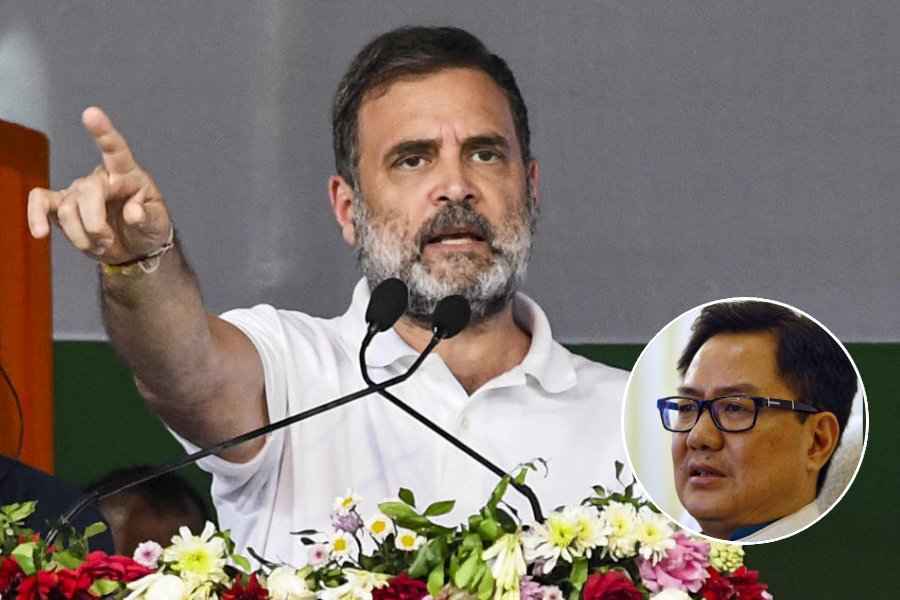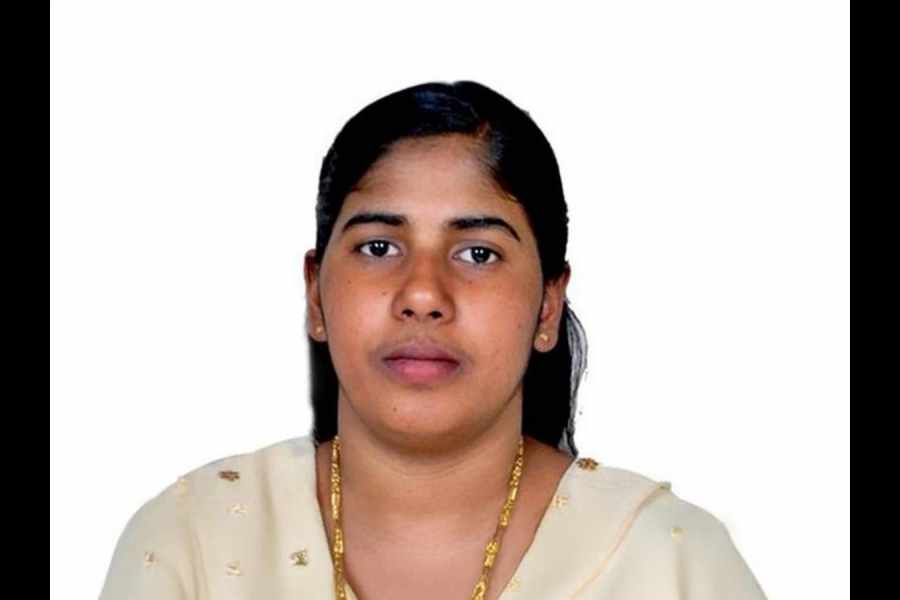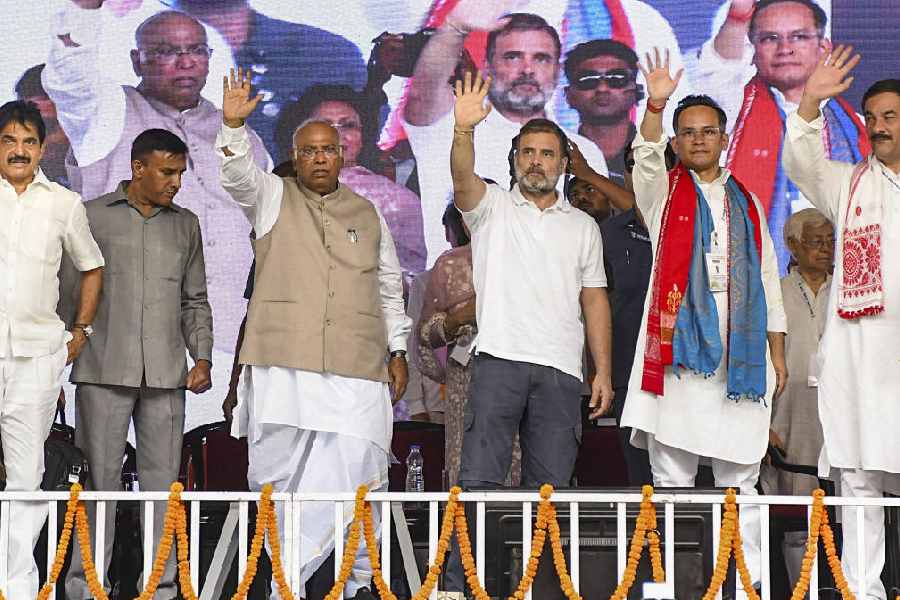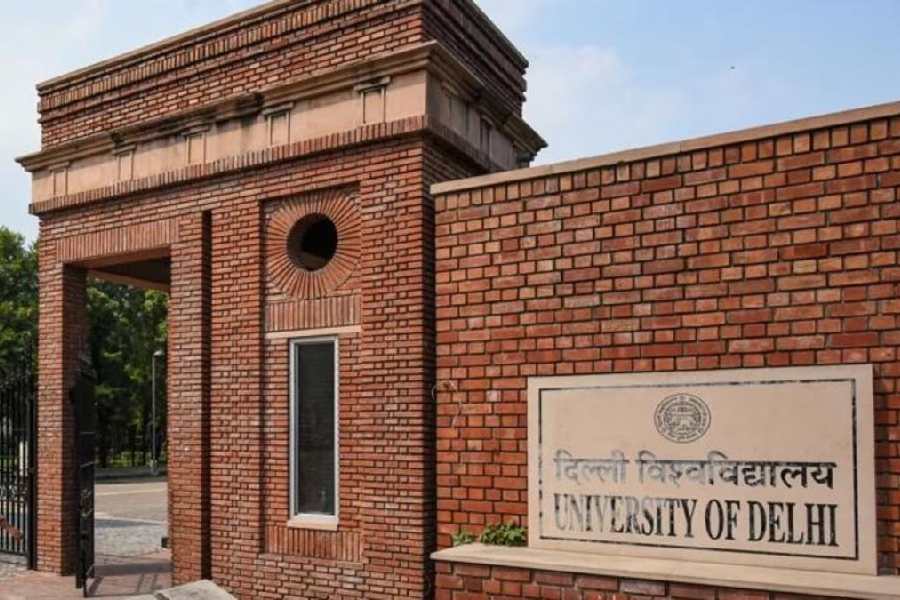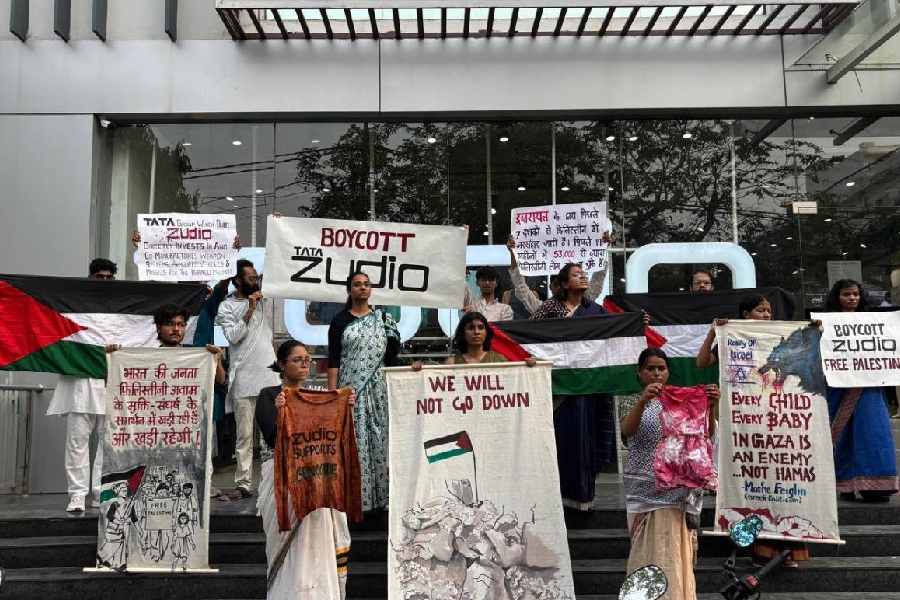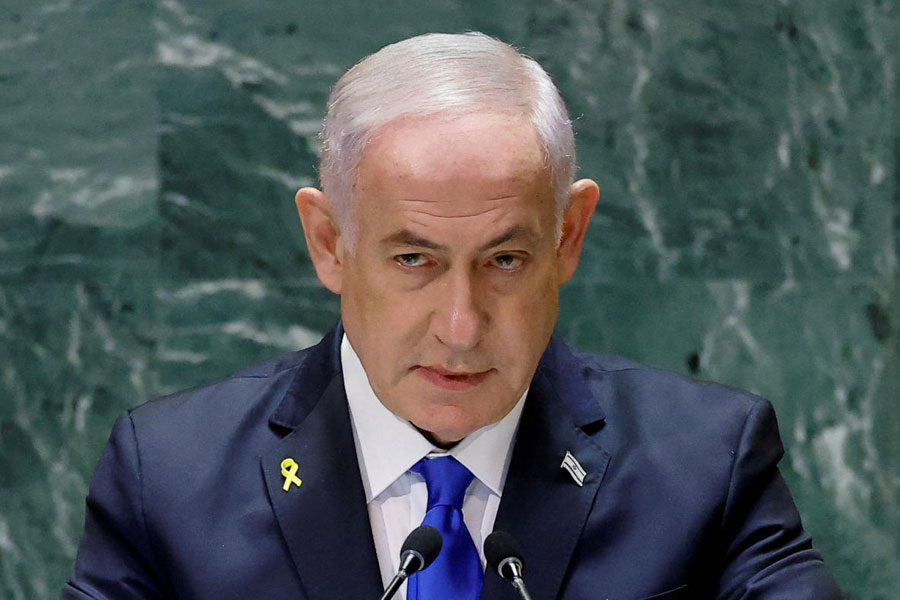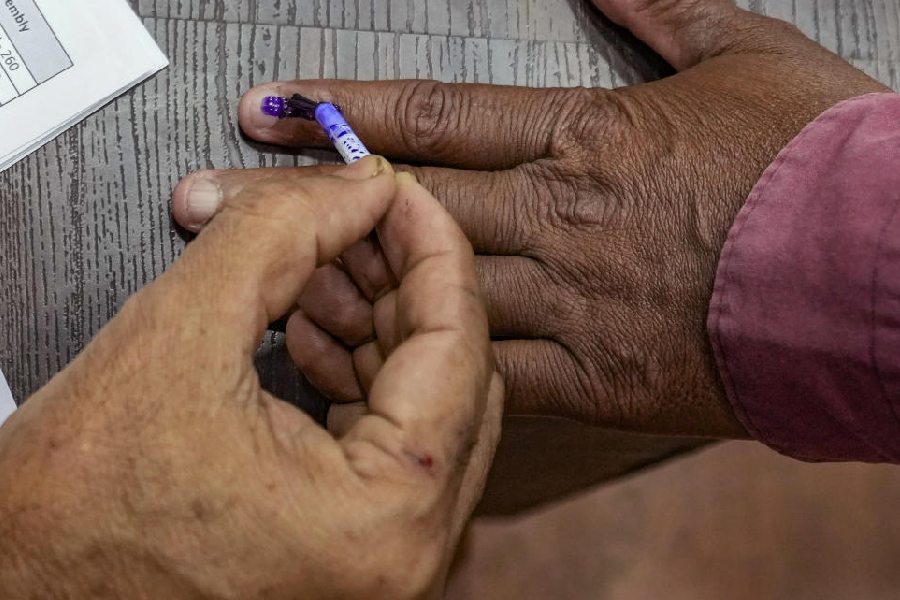|
|
Did steel, chemicals and fertilisers minister Ram Vilas Paswan goof up when he opted for an angioplasty instead of a cardiac bypass? And was BJP luminary Arun Jaitley right in undergoing a bypass operation? The treatment that Jaitley opted for is still a talking point, and some argue that Paswan should have opted for a bypass. But while both politicians are back in action, the angioplasty versus bypass debate continues to rage across the country among patients and within the medical community.
With good reason. Thousands of patients across India who need some medical intervention to clear their clogged heart arteries today have the option to choose between an angioplasty and a bypass, two distinct modes of treatment with their own pros and cons. For many such patients, a decision about the best way to treat their coronary artery disease might not be easy.
In an angioplasty, doctors insert a thin catheter into the artery and use a miniature balloon to clear the obstruction and insert a tiny metallic tube called a stent to keep the artery open. In a bypass, surgeons take a healthy artery or vein from either the arm, chest or leg and graft it to create a new channel for blood flow to the heart, bypassing the blocked arteries.
In principle, the decision needs to be guided by the disease’s details. In the real world, other factors can influence the choice of therapy ? the money and time on hand for treatment, doctors who might tout their own area of expertise as the ideal solution and market forces that accord higher priority to profits than to genuine patient concerns. “In some places, angioplasty has become more of a business proposition than a life-saving treatment,” warns Kunchala Shyamprasad, a cardiac surgeon and vice-president of the national board of medical examinations.
To top it, there is a lack of consensus on the appropriate mode of therapy. Doctors don’t seem to agree on the proportion of patients who would find themselves in a position to choose between angioplasty and bypass. One senior doctor says five in 10 patients will have to make that choice. Another equally prominent doctor asserts that the number won’t be more than two in 10 patients.
Whether it’s two or five, given India’s burden of coronary artery disease, the numbers will run into hundreds of thousands. Cardiologists say about 40,000 angioplasty procedures and 60,000 bypass operations are carried out in India each year.
Angioplasty, while safer and quicker for it does not open up the heart, was once considered inferior to bypass operations because it had a high rate of recurrence of blockages. A bypass is a relatively traumatic surgical procedure with associated risks and a longer hospital stay.
But patients can have arteries free of blockages up to 20 years after their bypass operations. “The emergence of drug-coated stents in angioplasty has dramatically changed the outlook for patients,” says Ashok Seth, chief cardiologist at the Max Heart and Vascular Institute in New Delhi, who performed the angioplasty on Paswan in July.
Drug-coated stents constantly release drugs at the sites of their insertion to prevent fresh blockages. But angioplasty costs have skyrocketed with the advent of drug-releasing stents. And doctors believe that the patient’s finances are a crucial deciding factor.
“If you can afford only one operation in your lifetime, the option should be a bypass,” says Devi Shetty, head of Narayan Hrudayalaya, the Bangalore-based cardiac centre that performs the largest number of heart surgeries ? over 8,500 annually ? in India. “Patients sometimes dig into their entire life savings for cardiac treatment.”
A bypass surgery in the private sector might cost Rs 1,00,000 to Rs 2,00,000 while an angioplasty procedure with a single stent might cost a little over Rs 2,00,000. For patients who require multiple stents, the cost of angioplasty might rise to Rs 6,00,000.
Cardiologists say that angioplasty offers increased safety and quick discharge, but should be used judiciously given the typical features of blockages. A high proportion of patients have thin arteries and diffuse blockages that increase the risk of recurrence of blockages after angioplasty.
“It’s the moral duty of a treating doctor to consider the future of a patient,” says Naresh Trehan, executive director of the Escorts Heart Institute in New Delhi. “A patient who spent Rs 2,50,000 on an angioplasty and then has a recurrence of a blockage might be in serious trouble if he doesn’t have the finances,” says Trehan, who operated on Jaitley in July.
It was in Trehan’s Escorts hospital that the Paswan controversy broke out when the minister’s brother went on record criticising doctors for advising a bypass surgery. Trehan, however, says that considering the features of Paswan’s disease, his institute had recommended a bypass. There is a 10-15 per cent chance of recurrence of blockages after angioplasty in such cases. “Only time will tell,” says Trehan.
Angioplasty, doctors say, may be appropriate when arteries have become narrow but can still take a stent. When there is a blockage in the left main artery or in all three major coronary arteries or when the blockages are diffusely spread through the arteries, the patient needs a bypass.
Doctors also avoid angioplasty when a patient has diabetes and two or three coronary arteries have blockages. Doctors treating Jaitley say that his coronary artery features and high blood sugar made him a candidate for a bypass.
For patients who are clear candidates for either angioplasty or bypass, there is little scope for debate. It’s the rest who have to worry about whether they’re being drawn into something inappropriate.
A 71-year-old retired government official in New Delhi thinks he’s one of the victims of medics. He had walked into an east Delhi hospital last month for a routine checkup. Minutes after his arrival, he was told he had an abnormal electrocardiograph, bundled into the intensive care unit, and advised angiography and angioplasty.
But doctors in another institution differed and said he didn’t need angioplasty but just drug therapy. “We’re still trying to understand what they achieved, besides creating a fear psychosis and making money,” says the patient’s daughter.
While the non-surgical angioplasty is safer and quicker, surgeons say that technology has also been catching up with bypass operations, making them far safer than they were two decades ago. “The advent of ‘beating heart’ surgery has made the bypass safer and less expensive,” says Murali Vettath, chief cardiologist at the Malabar Institute of Medical Sciences in Calicut.
A bypass also carries the risk of stroke. The operation involves a procedure that carries the risk of an abrupt transport of calcium from the bloodstream into the brain, triggering a stroke. “But we now have technology that can reduce the risk of stroke to levels comparable with that of angioplasty,” says Vettath who has designed an indigenous version of a medical device to reduce stroke incidence during a bypass.
What worries doctors most are not patients who take time to choose between angioplasty and bypass, but those who turn down both and persist with diet, drugs and exercise long after these have stopped helping.
For a 38-year-old executive in New Delhi, the price of turning down medical advice was the loss of nearly 50 per cent of his heart’s functions. He was a patient with angina and had been advised angioplasty to clear an obstructed artery. But he chose to stay on drugs, diet and exercise. Then, a heart attack struck and damaged his heart.
“We had to struggle to save his life,” says Nalin Nag, a senior consultant in internal medicine at the Apollo Indraprastha Hospital in New Delhi. “The doctor needs to lay out the benefits and risks of each treatment option available and the patient needs to make the decision with the doctor’s help,” says Nag.
Seth says it would help if cardiologists follow a special formula in recommending treatment for patients. “We need to think of a patient as someone close to us ? perhaps a father or a mother ? and then decide what’s the best treatment,” says Seth. “It’s the best way.”



